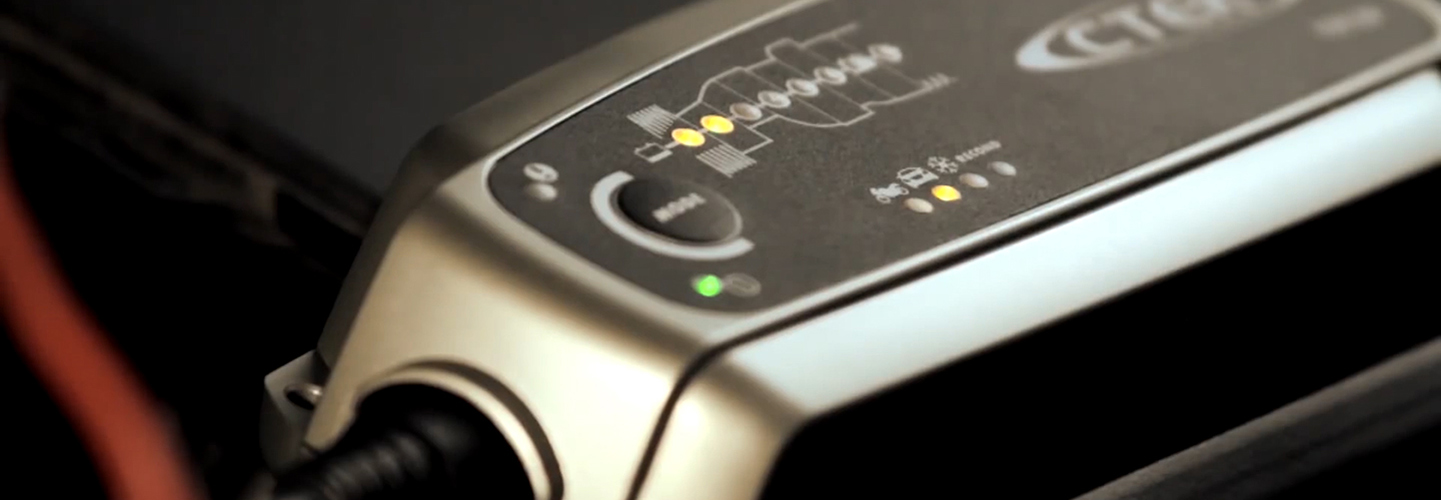Charger functionality
Charging is intended to regenerate the active materials – sulphuric acid (H2SO4), lead (Pb) and lead oxide (PbO2) – from the lead sulphate (PbSO4) formed during discharging (known as ‘sulphating’).
The lead sulphate is actually a necessary part of the entire process, but it’s when lead sulphate crystals grow too large that the problems start.
A charging curve (or a charging algorithm to be more exact) describes how the battery obtains its energy during the entire charging procedure. DIN standard 41773 provides guidelines for how this type of algorithm must be structured.
But most critical is knowledge of how a battery must be treated to ensure the best condition possible, aiming for the longest service life and highest capacity. There is no universal method that solves all problems optimally. The battery itself can be manufactured a number of different ways. It is also necessary to consider the battery and the way it is used together. Because of this, the number of algorithms is huge. There is a huge difference between a modern, multistage primary switched battery charger and a linear transformer charger, which is the type found at car accessory companies and discount markets.
A couple of interesting details from the curve:
- Even though the battery charger is marked with a high Ampere rating, this is usually measured with a battery that is down at 5-6V. A more realistic figure is 75% of the marked current strength. But, this drops quickly when the battery voltage rises.
- The primary switch mode battery charger may lag behind at first when it comes to how much energy it provides to the battery, but it quickly catches up.
- The linear battery charger has trouble filling the battery, even though it is at high voltage. At that point, the battery charger provides a lot more heat than current and not much more charging in the battery.
- A battery charger that cannot provide constant voltage cannot charge the battery completely. It instead comes up to the range when the battery gases and loses fluid. A rule of thumb is that 80% of charging is obtained during the first phase. All simple, regulated battery chargers go down to a lower voltage after reaching 14.4V, but it can then take weeks to obtain the final 20% of charging.

